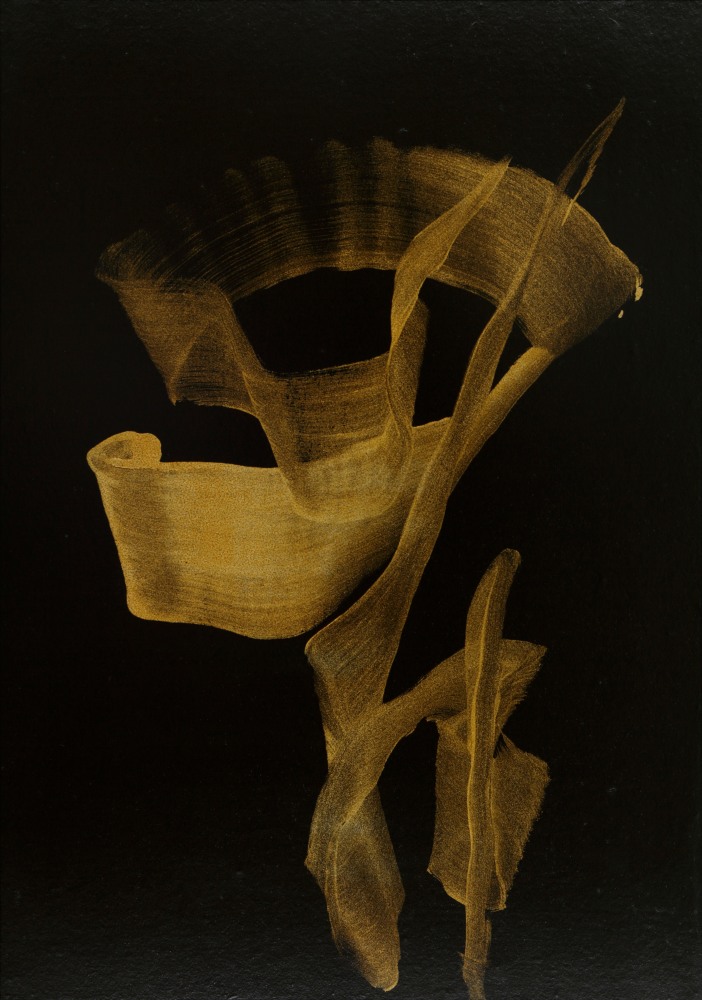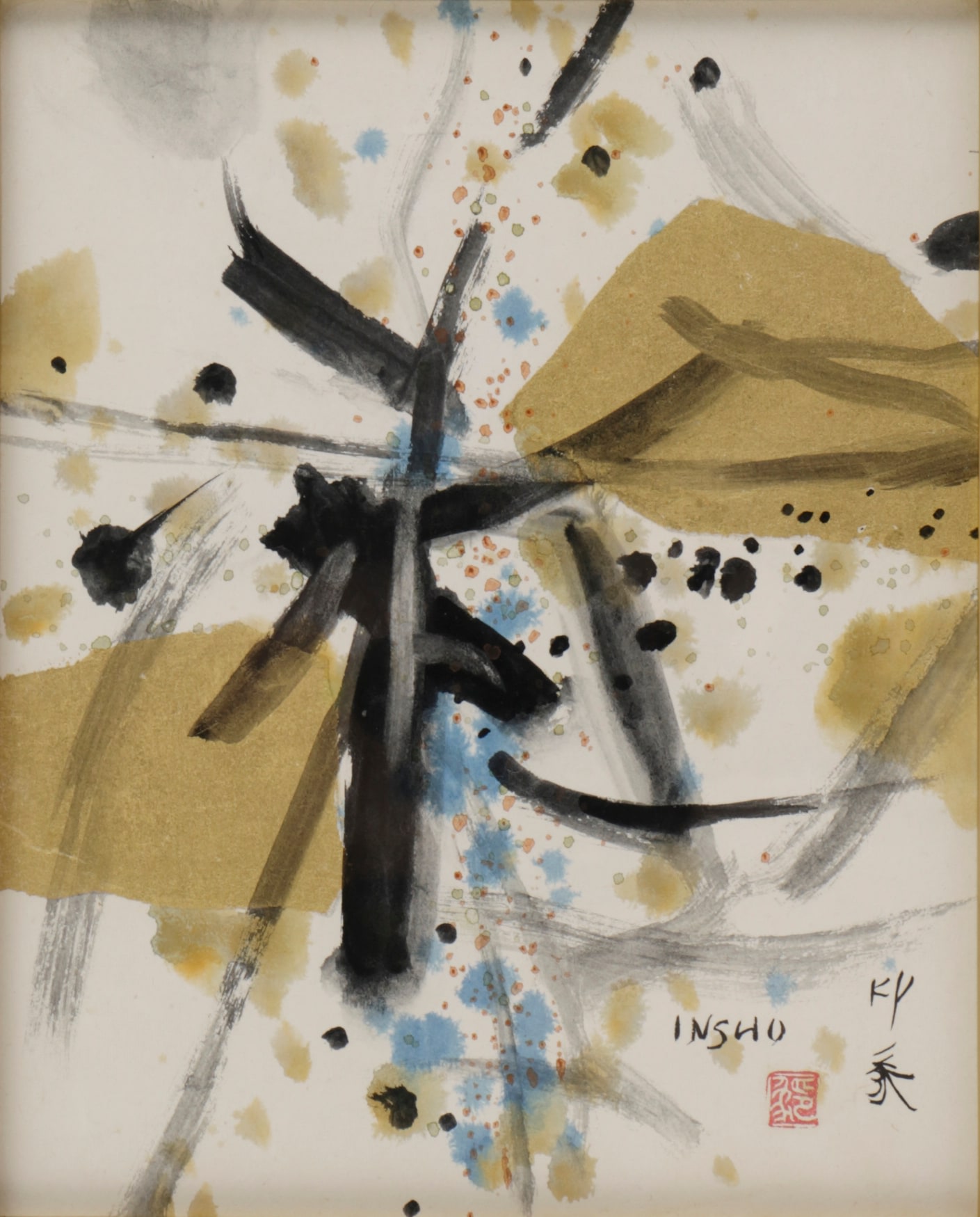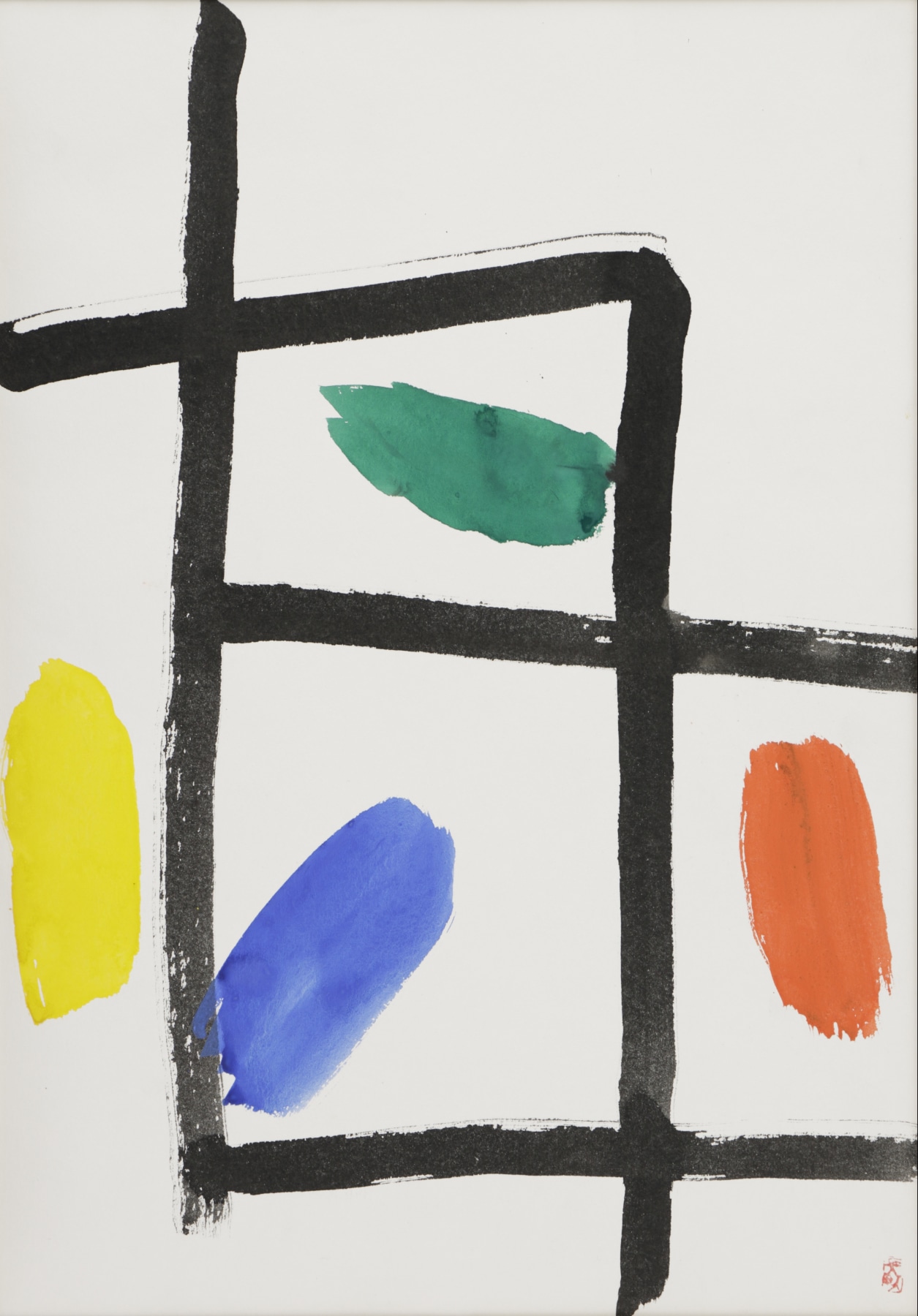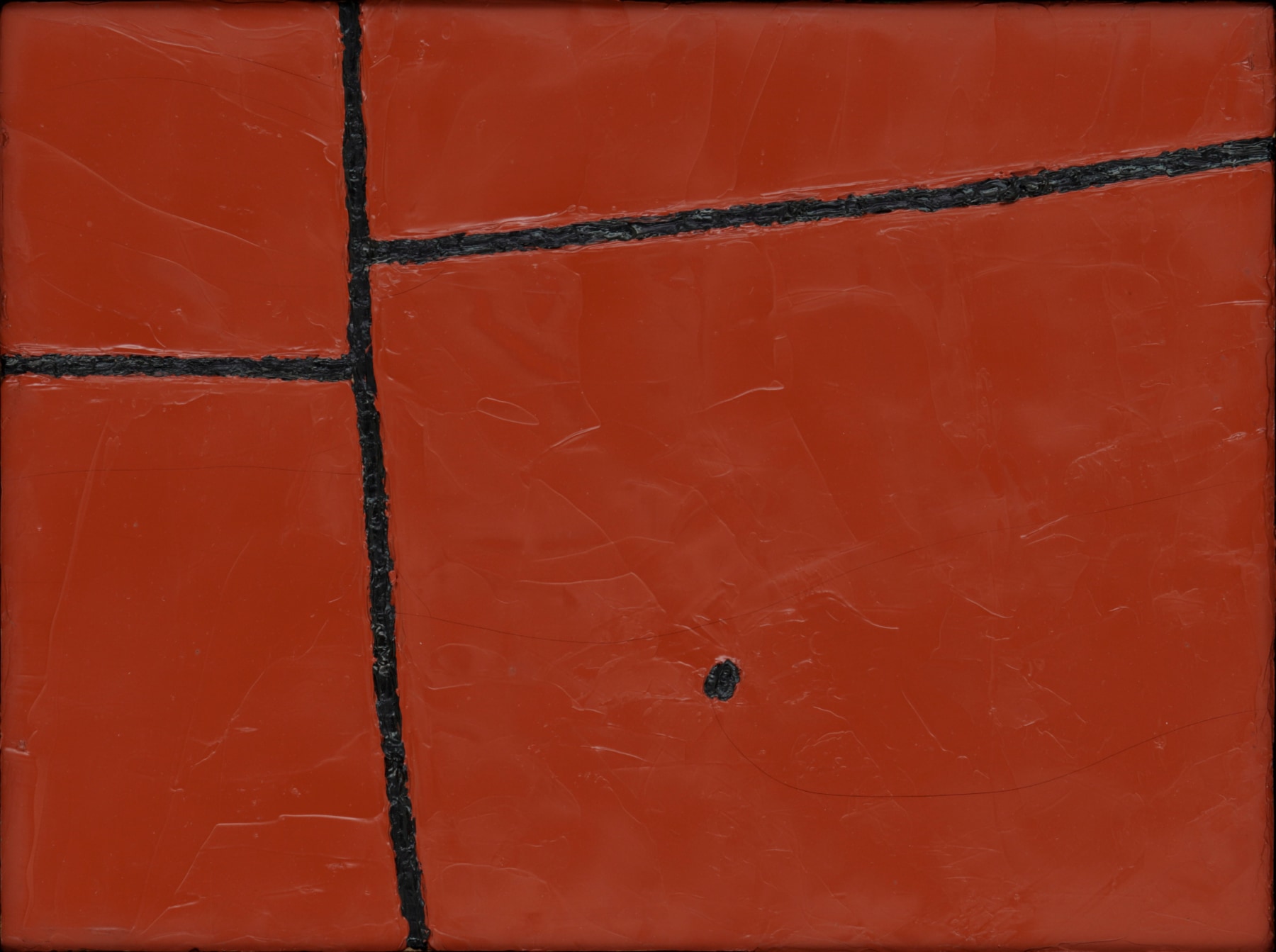
The Colors of the Postwar Japanese Abstract Arts
Yamaguchi Takeo, Morita Shiryū, Dōmoto Inshō and others
Presented by Shibunkaku at Joan B Mirviss LTD
During Asia Week New York March 16-24
For Asia Week New York 2023, Joan B Mirviss LTD and Gallery Shibunkaku will focus on painting, in its varied forms, and its ingenious applications found in modern and contemporary Japanese art. Whether working on curving vessels or flat surfaces, Japanese masters gave new expression to the meaning of "painting" in the postwar era. These concurrent and complementary exhibitions will feature a range of painted ceramic forms presented by Joan B Mirviss LTD in Painted Clay: Wada Morihiro and Modern Ceramics of Japan, and bold calligraphic and abstract two-dimensional works presented by Shibunkaku in The Colors of the Postwar Japanese Abstract Arts. Together, these exhibitions showcase inventive new methods developed in the twentieth century, as Japanese artists employed a range of tools and techniques on their chosen surfaces.
Though these many artists were painting with vastly different viewpoints, surprising similarities and confluences emerge between them and across media.

Shown together this spring at Joan B Mirviss LTD in New York, works by modern and contemporary Japanese master ceramists alongside Japanese modern and postwar painters and calligraphers display these diverse and creative approaches to painting.
Standing at the center of a long tradition of Japanese painted ceramic decoration is Wada Morihiro (1944-2008), one of the most popular clay artists of his generation whose work was in great demand throughout his lifetime. He paired his powerful sculptural vessels with intricately painted, abstracted patterns of grasses, cedar, and other captivating nature-based designs. Utilizing a multiplicity of techniques, including slip decoration, inlay, wax-resist, carving, underglaze, and blown-on glaze, Wada quickly emerged as a bold, fresh talent within the long tradition of Japanese painted ceramics. Works that encompass the full scope of his career are complemented by highlights from his teachers, his contemporaries, and successors. Whether by brush, ladle, sponge or even spray gun, it is evident that painting on clay is a vibrant field of innovation and creative expression within Japanese modern and contemporary ceramic art. PAINTED CLAY: Wada Morihiro and Modern Ceramics of Japan is accompanied by a fully illustrated printed catalogue.

To complement and contextualize these painted ceramic works, Shibunkaku is delighted to present a series of colorful artworks on paper, created by Japanese artists from the postwar period. The concurrent exhibition features abstract paintings by two important artists: Yamaguchi Takeo (1902-1983) and Dōmoto Inshō (1891-1975), masters of the Yōga and Nihonga, respectively. They will also showcase the avant-garde calligraphy by two other great masters, Morita Shiryū (1912-1998) and Inoue Yūichi (1916-1985). Each artist is a pioneer in his own field. Shibunkaku hopes to show the varieties in terms of colors and materials and practices in Japan's art scene during the postwar period. As a special highlight, they will also display a treasured classical work by mid-Edo period Zen priest Hakuin Ekaku, who has long inspired many artists with his Zen ideology and aesthetics including Morita Shiryū. The presentation of these paintings in New York alongside the ceramic painted works in PAINTED CLAY offers a unique perspective on Japan's dynamic modern and contemporary art scene.
For more information and images, contact us at director@mirviss.com or 212-799-4021.

About Shibunkaku, Kyoto
Established in 1937 in Kyoto, Shibunkaku offers a unique sense of aesthetics and appreciation of great art that transcends borders. Their expertise is rooted in early modern and modern Japanese fine art with an emphasis on calligraphy and painting. They have expanded into postwar and contemporary art, ranking among the leading galleries in Japanese art of the highest quality and enduring art historical value. Shibunkaku encourages thorough dialogue across different periods and media through carefully curated exhibitions and publications. They support academic research and their works are regularly loaned to important national and international exhibitions.